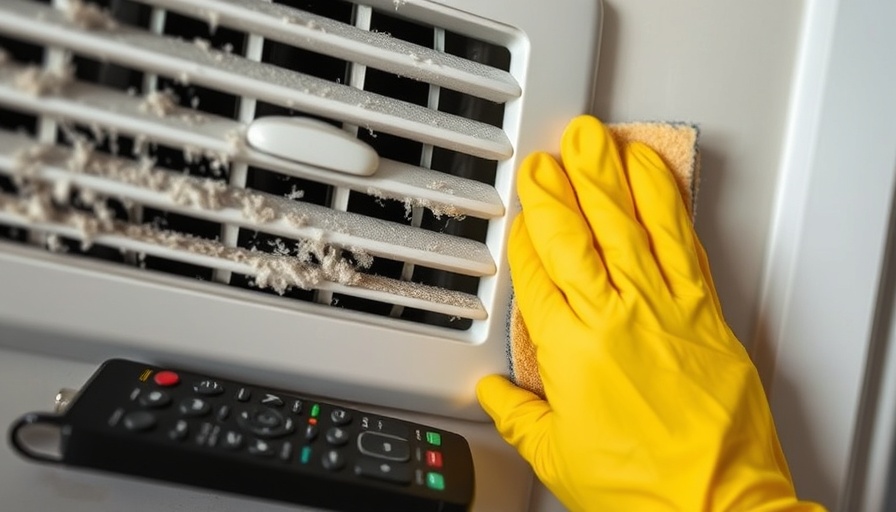
The Heart of Your Home: Why a Kitchen Remodel Matters
A kitchen remodel is far more than just a cosmetic upgrade; it represents a significant investment in the usability, aesthetics, and value of one of the most utilized spaces in any home. From families gathering over dinner to friends sharing stories over coffee, the kitchen is often the scene of cherished memories. As such, taking the time to thoughtfully select the right features is essential for crafting a space that enhances both your daily routines and overall lifestyle.
Define Your Style: What’s Your Kitchen Vision?
Before diving into the specifics of countertops and cabinets, it's crucial to define your style. Are you drawn to the timeless elegance of a classic kitchen, the sleek lines of modern design, or the charm of a rustic aesthetic? Each style has its own distinct identity and requires different selections that will resonate with your personal taste.
Timeless looks often lean into traditional elements like shaker cabinets and farmhouse sinks, utilizing a neutral color palette that allows for flexible decor changes over time. For those craving boldness, a minimalist yet edgy design featuring stainless steel finishes, statement countertops, and geometric shapes can make a true impact.
Exploring other styles, such as coastal, industrial, or rustic, can also enrich your options. Coastal kitchens offer breezy designs with light colors, while industrial styles bring unique character through exposed materials. All these options cater to different lifestyles, preferences, and practical needs.
Key Features That Elevate Your Kitchen
Once you're clear on the style, it's time to delve into essential features that will govern the functionality of your kitchen. From countertops and appliances to cabinetry and flooring choices, each element plays a significant role. Not only must they be attractive, but they should also be durable and easy to maintain, as the kitchen is exposed to a fair amount of wear and tear.
For instance, choosing countertops made from resilient materials like quartz or granite can withstand daily use while still looking stunning. Flooring should balance style with practicality—look for beautiful finishes that are also easy to clean.
When considering appliances, it's vital to align selections with your cooking habits. Energy-efficient appliances not only help save on utility costs but also contribute positively to your health and environmental footprint. Thoughtful cabinet designs that maximize storage without compromising accessibility can also streamline your cooking and cleaning processes.
Trends and Innovations: Smart Features for a Modern Kitchen
As technology continues to evolve, integrating smart features can elevate your kitchen's functionality. Imagine controlling your cooking appliances via smartphone or getting reminders from your refrigerator on stock levels! This level of convenience not only enhances your cooking experience but also aligns with the increasing desire for sustainable living and efficiency in home design.
Incorporating features like energy-efficient lighting, smart thermostats, and touchless faucets can minimize water waste while heightening usability. These innovations transform your kitchen into a space that works harder for you, blending practicality with modern living.
Making Informed Decisions for Longevity
As you embark on this remodel journey, remember that the decisions you make now will influence your kitchen for years to come. By prioritizing durable materials and thoughtful design, you'll create a space that not only meets your immediate needs but also stands the test of time. The goal is to achieve a harmonious balance between aesthetic appeal, functionality, and sustainability.
Take Action: Start Your Kitchen Remodel Today!
Your kitchen remodel holds the potential to transform your home and everyday life significantly. By following the steps outlined here, you'll be well-equipped to make choices that will enhance both your culinary experience and your home's value. Ready to dive in? Begin crafting your dream kitchen today!
 Add Row
Add Row  Add
Add 




Write A Comment